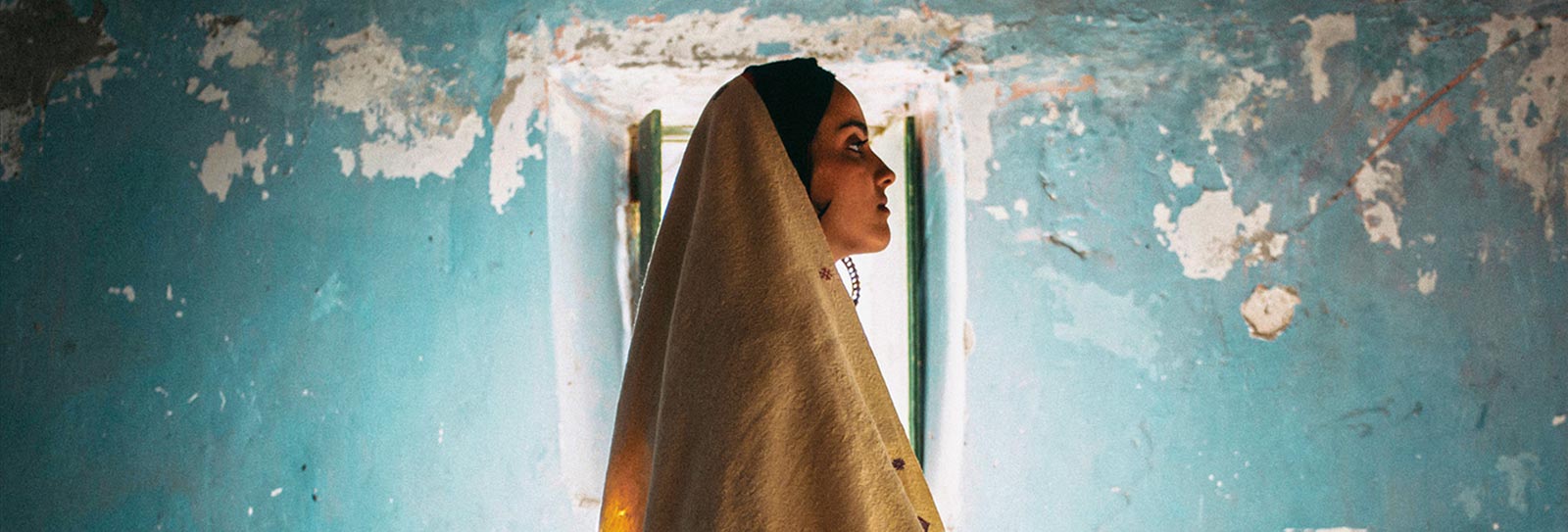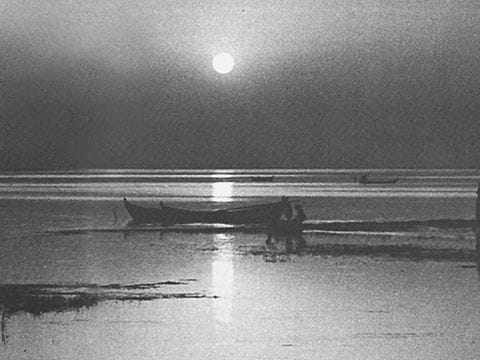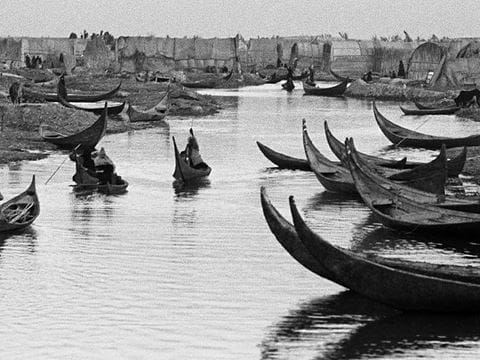
FirstLook: My Grandmother’s Tlaba
In my hometown of Yefren, about 200 kilometers southwest of Tripoli, Libya, in the Nafusa mountains, my cousin Mira wears our grandmother’s tlaba (wool garment) to connect to her family roots. The photo is part of a documentary project I started to depict Amazigh women from Libya.
In my hometown of Yefren, about 200 kilometers southwest of Tripoli, Libya, in the Nafusa mountains, my cousin Mira wears our grandmother’s tlaba (wool garment) to connect to her family roots. The photo is part of a documentary project I started to depict Amazigh women from Libya.
As a Libyan woman, I care about women in Libya. And because I am Amazigh, a term for the indigenous Berber “free people” of North Africa, I am drawn to photographing my own unique culture.
Our country is rich with stories written in art, in architecture, and in diverse traditions and languages. Focusing on the lives of women is challenging, yet I dream of taking more photos of them, more photos of us, while capturing the beauty and reality of Libya and highlighting life, as it is, in all its shades.
Linguistically speaking, Amazigh is a feminine word. Historically, Amazigh women were queens and held respected positions and leadership roles throughout North Africa.
Amazigh traditions differ from culture to culture. In Yefren, the tlaba played a specifically significant role. My mom told me how my grandmother wove her tlaba from their own sheep. Traditionally it was worn on every important occasion throughout the year, winter and summer, from wedding celebrations to childbirth and somber times of mourning at funerals. Tlaba is a lifestyle; the patterns are not just intersecting threads, but strands interweaving life and death, present and past, nature and earth.
Working on projects in my own country and being able to go farther than I used to go allow me to have new perspectives, and I was able to push through barriers of fear and challenges. It helps me tell stories that are beyond the stereotypical images of Libya.
—Nada Harib
@nada_harib, www.nadaharib.com
You may also be interested in...

Saudi Photographer Captures Aswan's Nubian Heritage
Arts
As a Saudi photographer with a passion for cultural, human and heritage themes around the world, I strive to make my images windows to the past as well as reflections of the present. When I came across this guesthouse on a visit to Aswan, Egypt, I was taken back to 3000 BCE to ancient Nubia.
Discovering Life and Architecture in Iraqi Marshes
History
Arts
Amidst "the stillness of a world that never knew an engine... he found at last a life he longed to know and share.
The Lost World Of Southern Iraq's Marsh Arabs
History
Arts
In late 1967, photographer Tor Eigoland traveled for more than: a month, mostly by canoe, among the countless villages of southern Iraq's vast marshes. Now, 45 years later, writer Anthony Sattin calls his photographs a "rare and ethnographic record of a lost world. They bring us back to a time and place where people lived in harmony with their environment and respected the balance the natural world needs to thrive.'